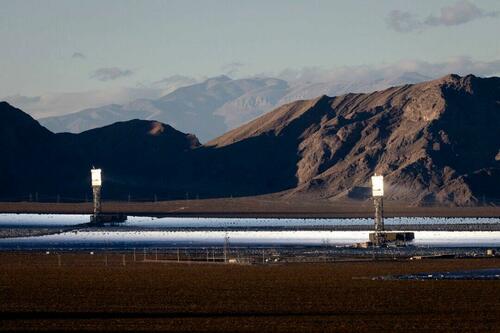The Ivanpah Solar Electric Generating System, once celebrated as a pinnacle of renewable energy innovation, is set to close, marking a significant shift in California's energy landscape. Initially hailed for its ambitious design and substantial federal backing, the facility has struggled to meet performance expectations, producing far less energy than projected. With Southern California Edison and Pacific Gas and Electric opting out of their contracts, the plant's future appears bleak. The rise of photovoltaic technology, which has proven to be more cost-effective and efficient, has rendered Ivanpah's concentrated solar power (CSP) model obsolete. This transition underscores the challenges faced by older renewable technologies in a rapidly evolving energy market.
The impending closure of Ivanpah serves as a cautionary tale about the lifecycle of renewable energy projects and the importance of adaptability in technology. As California aims for ambitious decarbonization goals, the shift towards photovoltaic systems reflects a broader trend in the energy sector, where cost and efficiency are paramount. Experts emphasize that while Ivanpah's closure is disappointing, it paves the way for potential upgrades to photovoltaic installations, ensuring the site remains a clean energy asset. The evolution of energy technologies highlights the necessity for continuous innovation and the need for strategic planning in renewable energy development, particularly as regulatory landscapes shift and market demands evolve.









